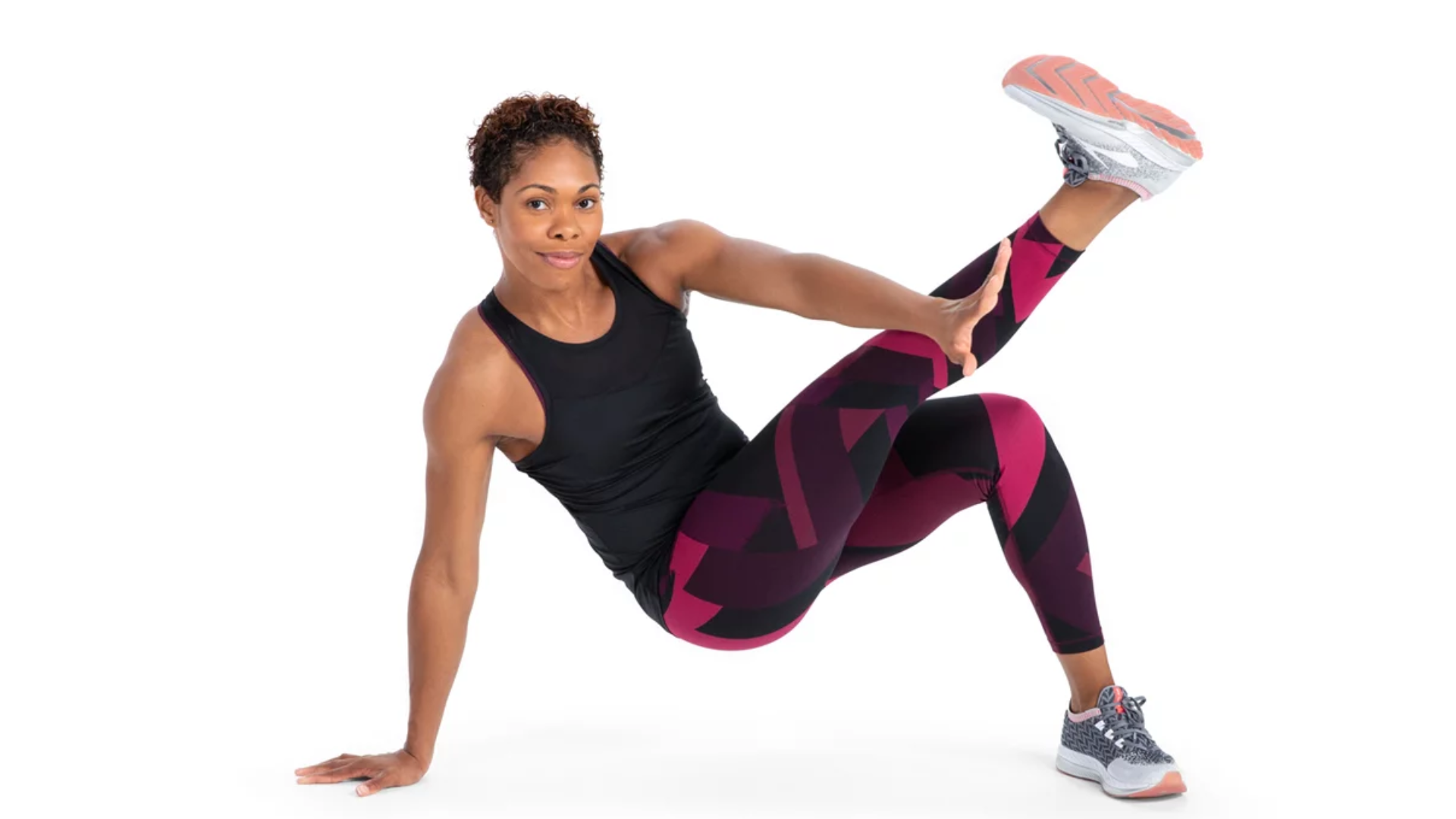Are you looking for a way to improve your balance, stability, coordination, and overall fitness? Dynamic weight shift physiotherapy exercise might be just what you need. This type of exercise focuses on shifting your weight from one foot to the other while standing, and it has been shown to offer a range of benefits. In this article, we will provide a comprehensive guide to dynamic weight shift physiotherapy exercise, including its benefits, types of exercises, how to perform them safely and effectively.
Use of Merlin for Dynamic Weight Shift Physiotherapy
The Merlin App plays a pivotal role in Dynamic Weight Shift Physiotherapy by leveraging cutting-edge technology to facilitate the rehabilitation process. Through real-time AI analysis, it assists patients in monitoring their weight distribution during exercises, providing real-time feedback and corrections to ensure precise weight shifting, which is crucial for recovery and improving mobility.
Customizable workout plans tailored to an individual’s specific physiotherapy needs can be created within the app, allowing for progressive and adaptive exercises. This tailored approach, coupled with progress tracking features, empowers patients to regain their balance and mobility effectively. Additionally, the app offers voice guidance to maintain correct form and motivation throughout the physiotherapy sessions, making the rehabilitation journey more accessible and engaging.
Benefits of Dynamic Weight Shift Physiotherapy Exercise
Dynamic weight shift physiotherapy exercise has several benefits, including:
1. Improving balance and stability
Dynamic weight shift physiotherapy exercise helps to improve balance and stability by challenging your body’s ability to maintain its center of gravity. By shifting your weight from one foot to the other, you are working on your proprioception, or your body’s awareness of its position in space. This can help to reduce the risk of falls and injuries, especially in older adults.
2. Enhancing coordination and core strength
Dynamic weight shift physiotherapy exercise also helps to enhance coordination and core strength. By shifting your weight from one foot to the other, you are engaging your core muscles, which are responsible for stabilizing your spine and pelvis. This can help to improve your posture and reduce back pain.
3. Reducing the risk of falls and injuries
Dynamic weight shift physiotherapy exercise can also help to reduce the risk of falls and injuries. By improving your balance and stability, you are less likely to trip or lose your footing. This is especially important for older adults, who are more prone to falls and injuries.
4. Developing overall fitness
Dynamic weight shift physiotherapy exercise is a great way to develop overall fitness. By incorporating dynamic weight shift exercises into your workout routine, you can improve your cardiovascular endurance, muscular strength, and flexibility. This can help to reduce the risk of chronic diseases such as heart disease, diabetes, and obesity.
Dynamic Weight Shift Physiotherapy Exercise Guide
- Dynamic weight shift physiotherapy exercise improves balance, coordination, core strength, and overall fitness.
- Exercises include lateral weight shifting, leg curls, squats, and gait training.
- Physiotherapists and exercise specialists provide personalized plans for specific conditions and populations.
Types of Dynamic Weight Shift Physiotherapy Exercises
There are several types of dynamic weight shift physiotherapy exercises, including:
1. Lateral weight shifting
Lateral weight shifting involves shifting your weight from side to side while standing. To perform this exercise, stand with your feet hip-width apart and shift your weight to your right foot while lifting your left foot slightly off the ground. Hold this position for a few seconds, then shift your weight to your left foot while lifting your right foot slightly off the ground.
2. Hip abduction and extension
Hip abduction and extension exercises involve shifting your weight while lifting one leg out to the side or behind you. To perform this exercise, stand with your feet hip-width apart and shift your weight to your right foot while lifting your left leg out to the side. Hold this position for a few seconds, then return to the starting position. Repeat on the other side.
3. Leg curls and calf raises
Leg curls and calf raises involve shifting your weight while lifting one leg up and curling it towards your buttocks or lifting up on your toes. To perform this exercise, stand with your feet hip-width apart and shift your weight to your right foot while lifting your left heel up towards your buttocks. Hold this position for a few seconds, then lower your left foot back to the ground. Repeat on the other side.
4. Squats and lunges
Squats and lunges involve shifting your weight while bending your knees and lowering your body towards the ground. To perform a squat, stand with your feet hip-width apart and shift your weight to your heels while bending your knees and lowering your body towards the ground. Hold this position for a few seconds, then return to the starting position. To perform a lunge, step forward with one foot while shifting your weight onto that foot and bending your front knee. Hold this position for a few seconds, then return to the starting position. Repeat on the other side.
5. Side step and step forward
Side step and step forward exercises involve shifting your weight while stepping to the side or forward. To perform a side step, stand with your feet hip-width apart and shift your weight to your right foot while stepping your left foot out to the side. Hold this position for a few seconds, then return to the starting position. Repeat on the other side. To perform a step forward, stand with your feet hip-width apart and shift your weight to your right foot while stepping your left foot forward. Hold this position for a few seconds, then return to the starting position. Repeat on the other side.
How to perform Dynamic Weight Shift Physiotherapy Exercises
Performing Dynamic Weight Shift Physiotherapy Exercises
To perform dynamic weight shift physiotherapy exercises, follow these steps:
1. Warm-up and stretching
Before starting dynamic weight shift exercises, warm up your muscles and stretch. This can help to reduce the risk of injury and improve your range of motion. Warm up by doing some light cardio, such as walking or jogging, and then stretch your muscles by holding each stretch for 30 seconds.
2. Correct posture and form
When performing dynamic weight shift exercises, maintain correct posture and form. This can help to reduce the risk of injury and maximize the benefits of the exercise. Stand with your feet hip-width apart, keep your shoulders back and down, and engage your core muscles.
3. Gradual increase in intensity
When starting dynamic weight shift exercises, start with low intensity and gradually increase the intensity over time. This can help to prevent muscle soreness and fatigue. Increase the intensity by adding more repetitions or sets, or by increasing the weight or resistance.
4. Real-time feedback and monitoring
To ensure that you are performing dynamic weight shift exercises correctly, get real-time feedback and monitoring. This can be done through a personal trainer, a physiotherapist, or a fitness app such as Merlin, which gives real-time multilingual and visual feedback on form and posture during the exercise capturing your movements in real-time on the mobile phone camera.
Safety and effectiveness tips
To ensure that you are performing dynamic weight shift exercises safely and effectively, follow these tips:
- 1. Start with low intensity and gradually increase the intensity over time.
- 2. Use proper form and posture.
- 3. Wear comfortable and supportive footwear.
- 4. Listen to your body and stop if you feel pain or discomfort.
- 5. Consult with a physiotherapist or exercise specialist if you have any medical conditions or concerns.
Role of Physiotherapists and Exercise Specialists
Physiotherapists and exercise specialists play an essential role in dynamic weight shift physiotherapy exercise. They can provide personalized exercise plans, professional guidance and support, and integration with other treatments and therapies. They can also help to tailor the exercises to specific conditions and populations, such as individuals with Parkinson’s disease.
Conclusion
Dynamic weight shift physiotherapy exercise is a great way to improve your balance, stability, coordination, and overall fitness. By incorporating dynamic weight shift exercises into your workout routine, you can reduce the risk of falls and injuries, enhance your core strength, and develop your overall fitness. To perform dynamic weight shift exercises safely and effectively, warm up, use proper form and posture, gradually increase the intensity, get real-time feedback and monitoring, and consult with a physiotherapist or exercise specialist if needed. Make sure to follow the tips outlined in this article to maximize the benefits of dynamic weight shift physiotherapy exercise while minimizing the risks.





